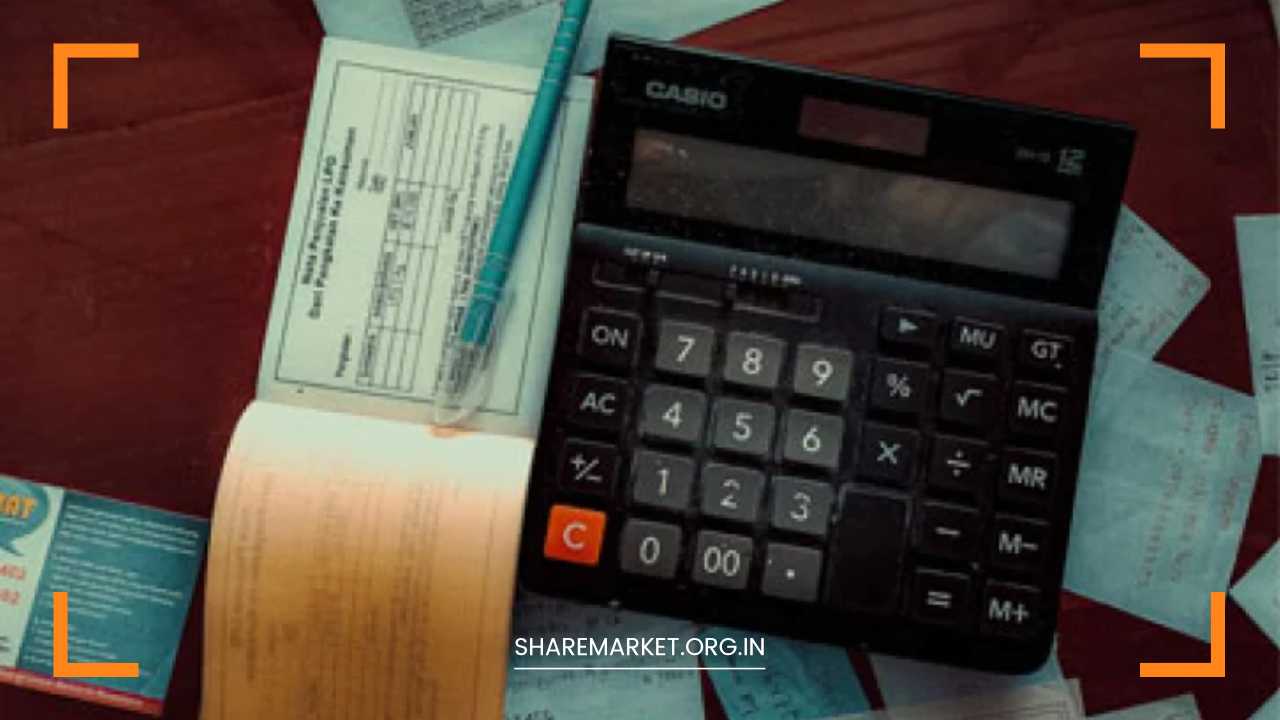Effective Today: Companies with Turnover Exceeding Rs 5 Crore Must Generate E-invoices under New GST Rule

New GST Rule
Effective Today: New GST Rule Requires E-Invoicing for Companies with Turnover Over Rs 5 Crore
The Goods and Services Tax (GST) regime has been a transformative tax reform in India, unifying various indirect taxes under one umbrella.
To further streamline and strengthen the tax collection process, the GST Council introduced the concept of e-invoicing.
E-invoicing is an electronic authentication process for business-to-business (B2B) transactions, aiming to prevent tax evasion, reduce manual intervention, and bring standardization in invoicing across the country.
As part of this initiative, the government has made e-invoicing mandatory for businesses with an annual turnover exceeding Rs 5 crore, starting from August 1, 20XX.
Previously, this requirement was applicable to companies with a turnover of Rs 10 crore or more.
This article delves into the reasons behind the implementation of e-invoicing, the benefits it offers to the micro, small, and medium enterprises (MSME) sector, and the mechanisms of GST e-invoicing.
The Significance of GST E-invoicing
The implementation of GST in 2017 marked a landmark reform in India’s tax landscape. The GST regime aimed to simplify tax procedures, enhance tax compliance, and reduce tax evasion.
One of the challenges in the pre-GST era was the fragmented and non-standardized invoicing system, leading to potential revenue leakages due to tax evasion.
To address these issues and bring uniformity in the invoicing process, the government introduced the concept of e-invoicing.
Under this system, B2B invoices and a few other relevant documents are authenticated electronically by the Goods and Services Tax Network (GSTN).
The e-invoices generated through this process are then made available on the common GST portal for further use.
The main purpose of GST e-invoicing is to electronically validate all B2B transactions, ensuring accurate reporting of transactions by taxpayers and minimizing errors.
By automating the invoicing process, businesses can eliminate the scope for manual manipulation and discrepancies, reducing the risk of tax evasion.
Expansion of GST E-invoicing to Companies with Turnover Above Rs 5 Crore
The recent revision in the threshold for mandatory e-invoicing is a significant step by the government to enhance compliance and transparency in the tax system.
As of August 1, 20XX, all GST taxpayers whose aggregate annual turnover exceeds Rs 5 crore in any financial year are obligated to generate e-invoices for their B2B transactions and exports.
Previously, the threshold was set at Rs 10 crore or above, limiting the scope of businesses required to adopt e-invoicing.
By lowering the threshold, the government aims to bring more businesses into the formal tax net, reducing the incidence of tax evasion and expanding the reach of e-invoicing to a broader segment of the business community.
Impact on MSMEs and Benefits of the E-invoice Rule Change
The micro, small, and medium enterprises (MSME) sector plays a crucial role in India’s economic growth and employment generation.
However, MSMEs often face challenges related to cash flow management, access to credit, and compliance with tax regulations. The new e-invoice rule offers several benefits to MSMEs:
- Enhanced Cash Flow: MSMEs often struggle with delayed payments and working capital constraints. With the implementation of e-invoicing, businesses can expedite the payment process, resulting in improved cash flow and financial stability.
- Input Tax Credit (ITC) Facilitation: Accurate and standardized e-invoices help facilitate seamless ITC reconciliation. When suppliers generate e-invoices compliant with GST guidelines, buyers can claim ITC without the need for manual verification, reducing the churn around credit issues.
- Compliance Simplification: E-invoicing automates the process of tax reporting, reducing the burden of manual compliance for MSMEs. It enables businesses to focus more on their core operations and growth strategies.
- Improved Access to Credit: E-invoicing compliance showcases a business’s financial discipline and adherence to tax regulations. This enhanced credibility may improve MSMEs’ access to credit from financial institutions.
- Level Playing Field: With the expanded scope of e-invoicing, larger enterprises and MSMEs operate on a level playing field in terms of invoicing standards. This helps foster healthy competition and provides MSMEs with a fair chance to compete in the market.
The Mechanism of GST E-invoicing
The process of GST e-invoicing involves the following steps:
- Invoice Generation: Businesses with an annual turnover exceeding Rs 5 crore generate e-invoices using their accounting or billing software. The e-invoice must comply with the format prescribed by the GST Council.
- Invoice Authentication: Once the e-invoice is generated, it undergoes electronic authentication by the GSTN. The system checks for any errors or discrepancies before accepting the invoice.
- Unique Invoice Reference Number (IRN): After successful authentication, the GSTN issues a unique Invoice Reference Number (IRN) to the e-invoice. This IRN serves as proof of authentication and is used for further processing.
- QR Code and Quick Response (QR) Code: The e-invoice is further embedded with a QR code, containing essential details like the GSTIN, IRN, invoice number, date of generation, etc. This QR code allows easy access to the invoice details when scanned.
- Pre-population of GST Forms: The authenticated e-invoice is automatically pre-populated into the relevant GST forms of the taxpayers, reducing the manual data entry effort during GST return filing.
- Real-time Reporting: The e-invoice data is made available in real-time to the government, ensuring transparency and enabling effective tax administration.
Final Remarks
The introduction of e-invoicing under the GST regime is a pivotal step towards enhancing the efficiency and transparency of India’s tax system.
By lowering the turnover threshold for mandatory e-invoicing to Rs 5 crore, the government aims to broaden the scope of businesses adopting this standardized invoicing system.
This move is expected to significantly benefit MSMEs, facilitating their growth, improving cash flow, and enhancing access to credit.
As businesses adapt to the e-invoicing mechanism, the GST system is likely to witness reduced tax evasion and increased compliance, ultimately bolstering India’s economic growth and development.
To leverage the full potential of e-invoicing, businesses are encouraged to adopt compliant invoicing software and adhere to the prescribed GST guidelines for accurate and seamless tax reporting.

















